Taku is the sister of a Paris restaurant that has held a Michelin star for its sushi for a decade. The London branch opened in November 2022 and brought with it the head chef from Paris, Takuya Watanabe. He initially trained in Sapporo, worked in a kaiseki restaurant and then moved to France to open Jin in Paris. The menu is omakase (set) only, with a lunch offering at £130 on Wednesday to Fridays but with dinner priced at £280, or £380 for a “prestige” menu with caviar and truffle and additional courses. That is all before drinks (pairings at £220 or £330) and service. Taku was awarded a star in the March 2023 Michelin UK awards. The dozen diners sit long a single wooden counter on curiously vertiginous chairs, with the chefs working in front of the diners.
The wine list had 43 labels and ranged in price from £125 to £5,400, with a median price of £350 and an average markup to retail price of 3.1 times, which these days is not unusual in Mayfair. Sample references were Gitton Frere et Fils Les Herses Silex 2016 at £125 for a bottle that you can find in the high street for £24, Follin Arbelet Aloxe-Corton Clos du Chapitre 2013 at £150 compared to its retail price of £54, and Kirchenstuck GG Spatburgunder Battenfeld-Spanier 2020 at £160 for a wine that will set you back £54 in the high street. For those with the means there was Henri Boillot Clos Vougeots 2017 at £600 compared to its retail price of £198, and Coche Dury Meursault 2020 at £1,500 for a wine whose current market value is £1,247. The cheapest white wine at £125 and the median price of £335 give a fairly clear idea of who this wine list is aimed at. There was also an extensive sake selection, ranging in price for £120 to £2,180. For example, there was Asahi Shuzo Dassai Beyond Junmai Daiginjo at £880 compared to its retail price of £443.
Our meal began with Cornish sea bream sashimi with a little blob of wasabi, this being from a freshly grated wasabi root imported from Japan. Bream can often be rather chewy but the specimen here was tender. Even silkier was akami tuna sashimi, in this case bluefin from the east coast of Spain, that had been aged for ten days and marinated with ginger and soy. This was followed by char-grilled Cornish sea bass that had been marinated in white koji (a paste made from cooked rice that is inoculated with Aspergillus oryzae mold and then dried). The sea bass was served on rice and topped with trout roe. The sea bass was carefully cooked and was accurately seasoned, the trout roe a pleasing contrast to the fish. Then there was a prettily presented dish of lobster claw with green asparagus served with a sauce of egg yolk and white wine vinegar, effectively a Hollandaise without the butter. The steamed lobster was tender, the seasonal asparagus quite good and the sauce a pleasant way to enhance the flavour of the shellfish, the vinegar in the sauce balancing the natural sweetness of the lobster.
Now the sushi sequence began. The sushi rice was actually from Spain, lightly vinegared and served at the correct body temperature. I am frequently amazed at expensive sushi restaurants in London serving their rice fridge cold, an almost unthinkable error in even the most basic sushi bar in Japan. The sushi sequence was also accompanied by some excellent pickled ginger that had a pleasing sharpness and is an ideal palate cleanser between sushi courses. Cuttlefish from Cornwall was the first of the sushi sequence and quite tender, followed by pleasingly sweet Orkney scallop. An intermediate dish of cooked turbot with noodles and an umami-rich broth made from turbot bones was next, the turbot having good flavour, the noodles delicate and the broth rich and warming. This was followed by sushi of tender hamachi (yellowtail) and then more of the silky akami tuna. The fatty belly tuna (otoro) was the next sushi, then a mackerel roll featuring very delicate leaves of nori seaweed roll. Hampshire trout sushi was the final fish of the sequence, and this seemed a slightly odd one to end on, as farmed trout is hardly the most thrilling of fish. I actually ordered an extra akami tuna to end on so as to have this lovely flavour as my last sushi bite memory. A quite rich lobster miso soup was then served, followed by dessert.
The dessert components were a little lemon tart crumble topped with lemon and cardamom mousse. This was excellent, refreshing and with a pleasing texture contrast between the crumble and the mousse. Also good was strawberry mochi (rice cake) with red bean paste, using new season French strawberries. Finally a little pecan cake, rather like a financier, completed the meal. This had lovely texture and plenty of nutty flavour.
Service was excellent, the staff friendly and patient and happy to answer any questions about the food. The bill came to £161 per head for the lunch menu option plus water to drink and service at 15%. If you drank wine then a more typical cost per person might be £200 or so, and of course it would be a lot more expensive if you opted for either of the longer and pricier menus. Given that the pricier menus buy you mostly extra starter dishes and perhaps an extra sushi bite or two with caviar, the cheapest lunch menu feels like relatively good value, as it is barely a third the price of the top menu yet gives you a fairly large subset of prestige menu. Even at lunch, this is hardly a cheap meal, but then if you came to Mayfair to dine at a starred sushi restaurant expecting a bargain lunch then you are probably used to disappointment in your life. I was impressed by Taku, with its carefully made sushi and thoughtful starter dishes. This is definitely some of the best sushi to be found in the capital.

























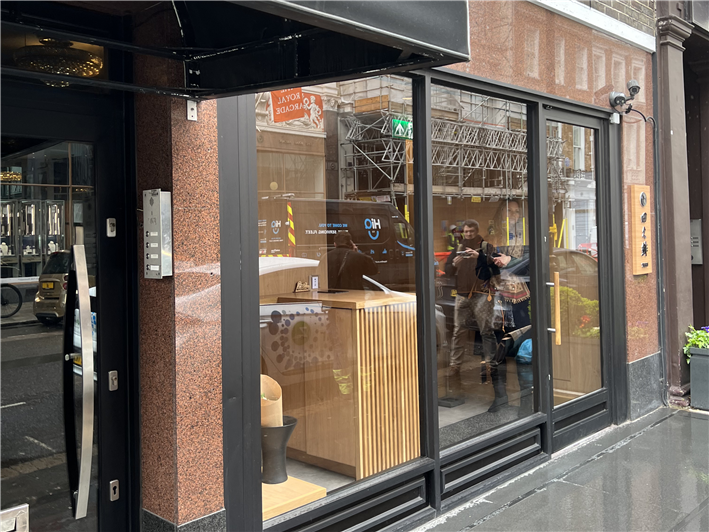


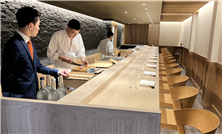
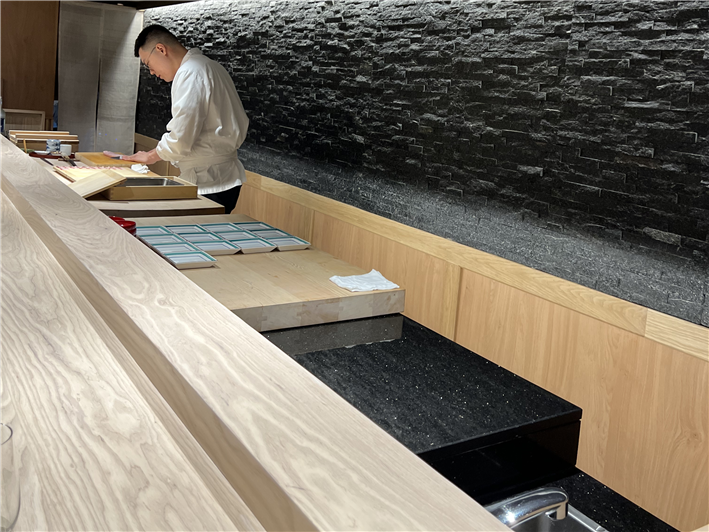
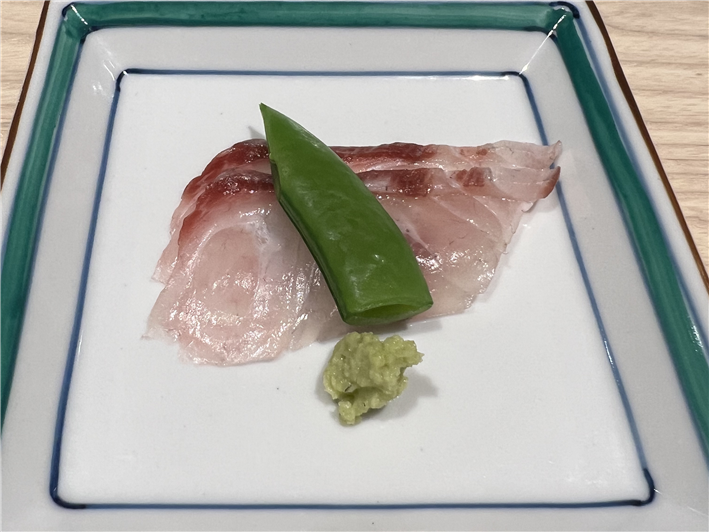
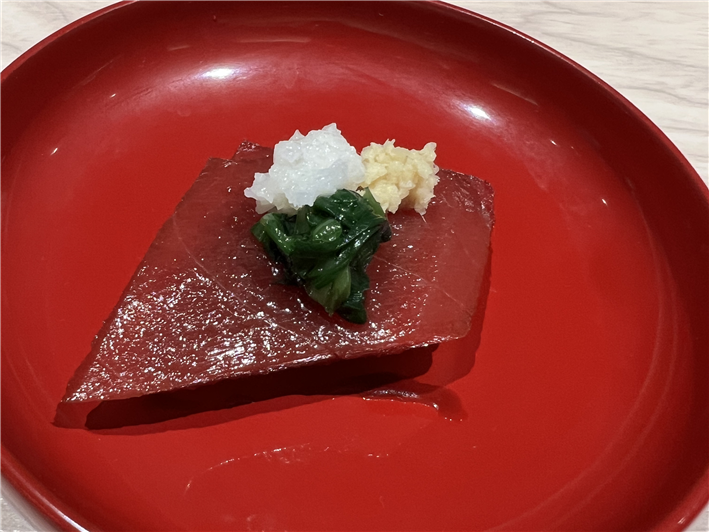

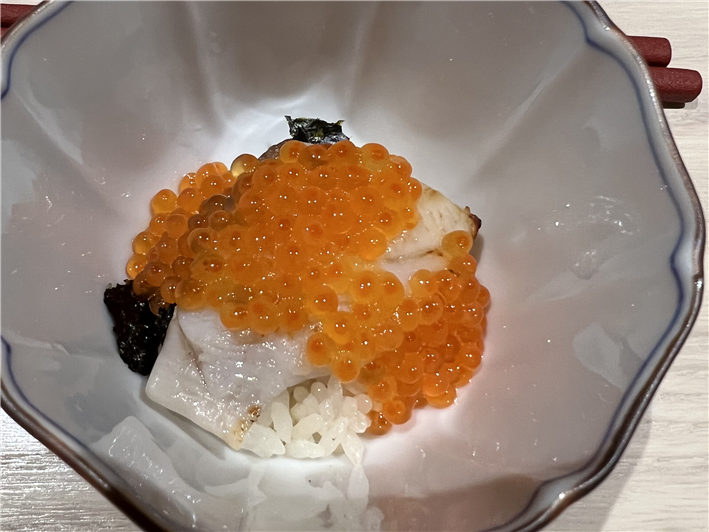

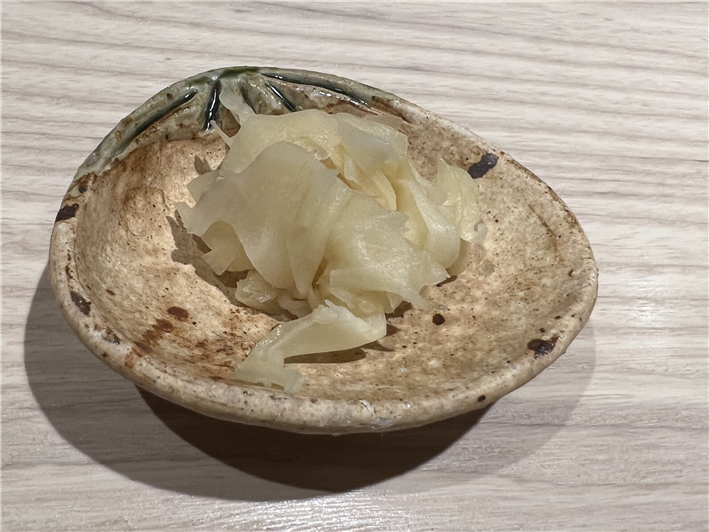

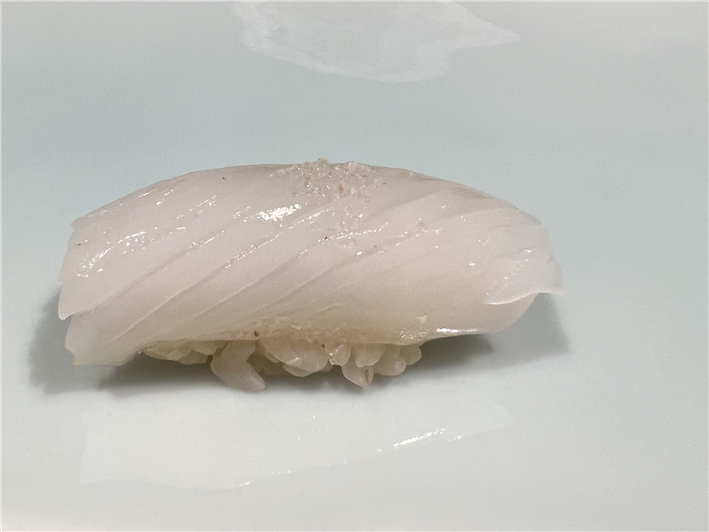

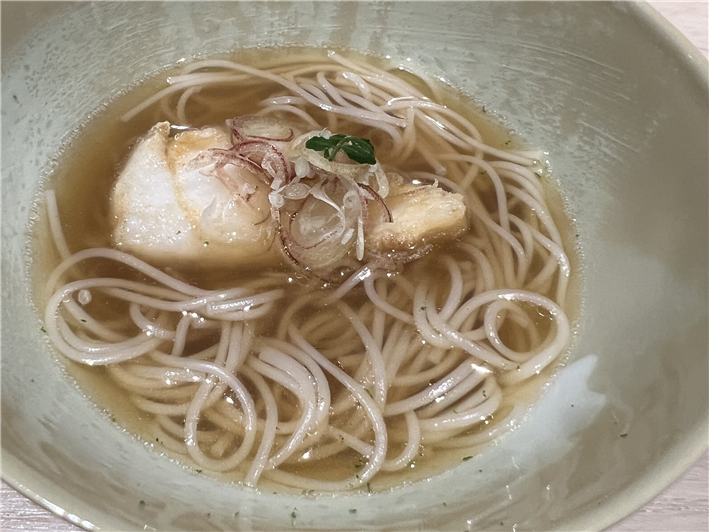

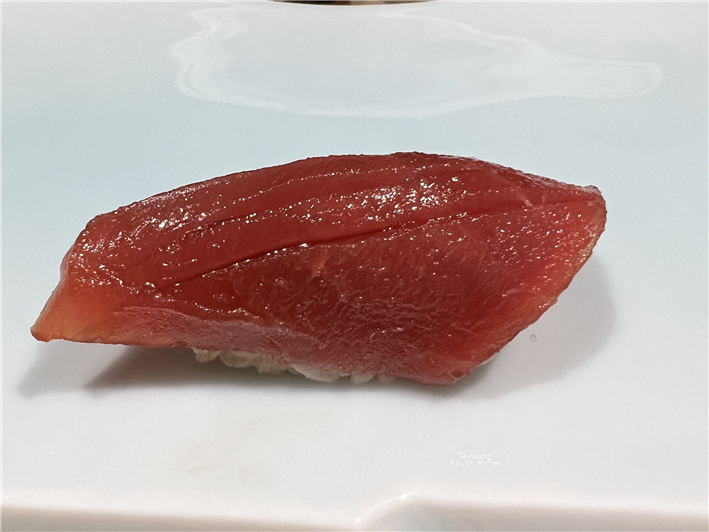
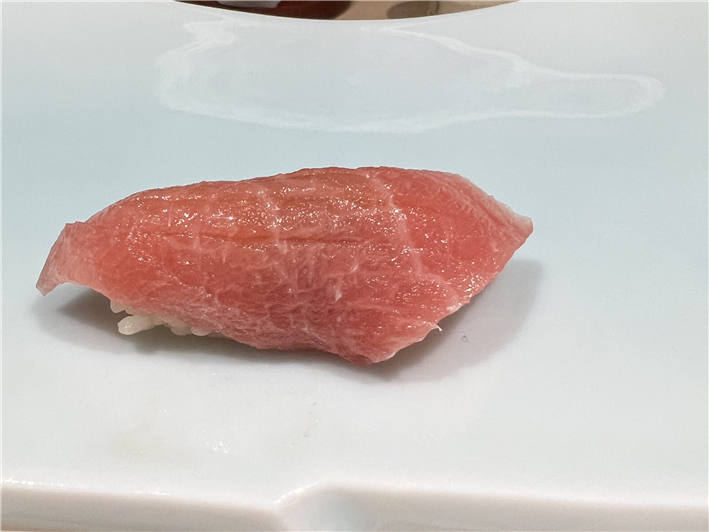
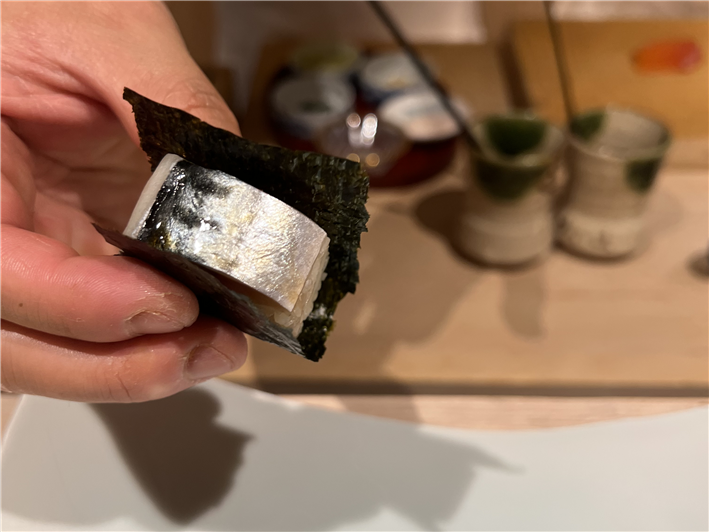
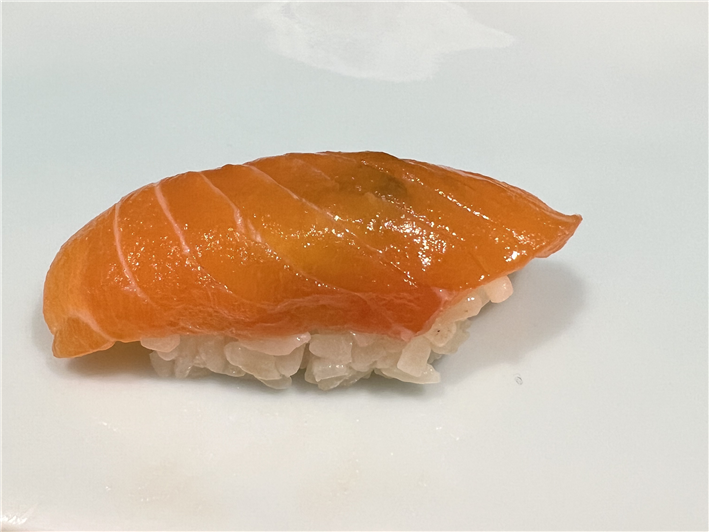
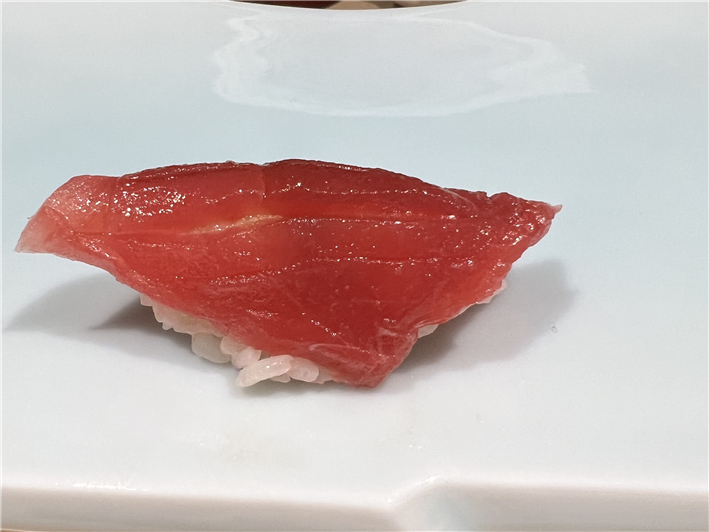




Add a comment
Thank you for submitting your comment, this will be checked and added to the website very soon.
User comments